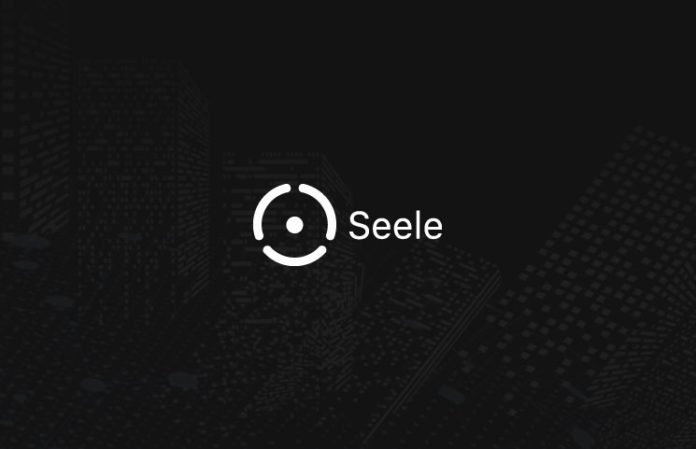
In this article, we will take a look at the basic innovation of Seele, the Neural Consensus Algorithm.
At present, networks use a variety of different algorithms to achieve consensus. The most common algorithm is the proof of work. Unfortunately, these existing consensus algorithms are not scalable, safe and effective.
Proof of the work is inefficient due to the high computational overhead required to solve the problem of creating a cryptocurrency blockchain. The POS and DPOS algorithms also have risks and create a certain centralization.
The neural consensus algorithm extends the ε-differential conventions, a mathematical process that converges throughout the network of nodes according to one agreed value. This value can be a specific transaction order, block height, or any other value that you want to reconcile with the decentralized network.
How it works
The goal of the EDA is to make sure that every node on the network comes to a consensus for a certain value. Let's expand EDA into several stages.
Before starting the EDA, some parameters can be adjusted for optimal efficiency in different uses:
s: The percentage of nodes to be selected by each node during each round.
ε: Target convergence interval for network values. When all node values are within the ε-differential, the network is considered a consensus.
r: number of rounds of voting conducted by the system.
So, let's proceed to the description of the stages.
I. Distribution of transactions within the network .
When a user makes a transaction, it is distributed throughout the network to all nodes. Each node generates an unordered pool of unconfirmed transactions that must be included in the chain. This state can be modeled below, representing a network of 1000 nodes:
.png)
Each value on the x-axis represents a separate node. The colored dots over each value of x represent different transactions, and the time written by each node for each individual transaction is represented on the y-axis. Now it looks chaotic.
II.Setting the node
Each node accesses the random s% of the other nodes of the network to poll and record their values. Each node then uses a statistical function to create an aggregated value from its sample. For example, it can calculate the "median transaction time" from the transaction time from the five other nodes it has selected. Then the node takes these statistics as its own value.
.png)
III. Convergence
There are several sampling cycles. Because the sample is random, each node creates a different choice of nodes in each round. Since each node takes a value that it computes from the sample obtained in the previous round, in a few (no more than 6 or 7) rounds, all nodes converge to the same value. A network is considered a consensus when the difference between the values of all nodes is less than a given ε.
In the example below, several sample cycles that lead to a convergent order are visualized:

The conclusion.
In conclusion, I want to say that the Neural Consensus is a scalable, secure and efficient algorithm that allows a distributed network to reach a consensus. This will help to solve many problems existing in the existing matching algorithms. Seele uses the Neural Consensus and EDA in its meta-chain, which allows for rapid consensus-building across its heterogeneous forest network.
All necessary links
Official website of the project: https://seele.pro
Whitepaper: https://s3.ap-northeast-2.amazonaws.com/wp.s3.seele.pro/Seele_tech_whitepaper_EN_v1.6.pdf
Facebook: https://www.facebook.com/seeletech
LinkedIn: https://www.linkedin.com/company/seeletech
Github: https://github.com/seeleteam
Twitter: https://twitter.com/seeletech
Reddit: https://www.reddit.com/user/seeletech
Instagram: https://www.instagram.com/seeletech/
Weibo: https://www.weibo.com/SeeleTech
My Bitcointalk Username: chidfranco
My bitcointalk Profile Link: https://bitcointalk.org/index.php?action=profile;u=2117147
If this plan is implemented by the team,the blockchain industry will make waves
The idea in which seele introduces to the blockchain industry.. Scalability and the heterogeneous network will really make waves
Nice work,, great team with vision
Thanks for this explanation